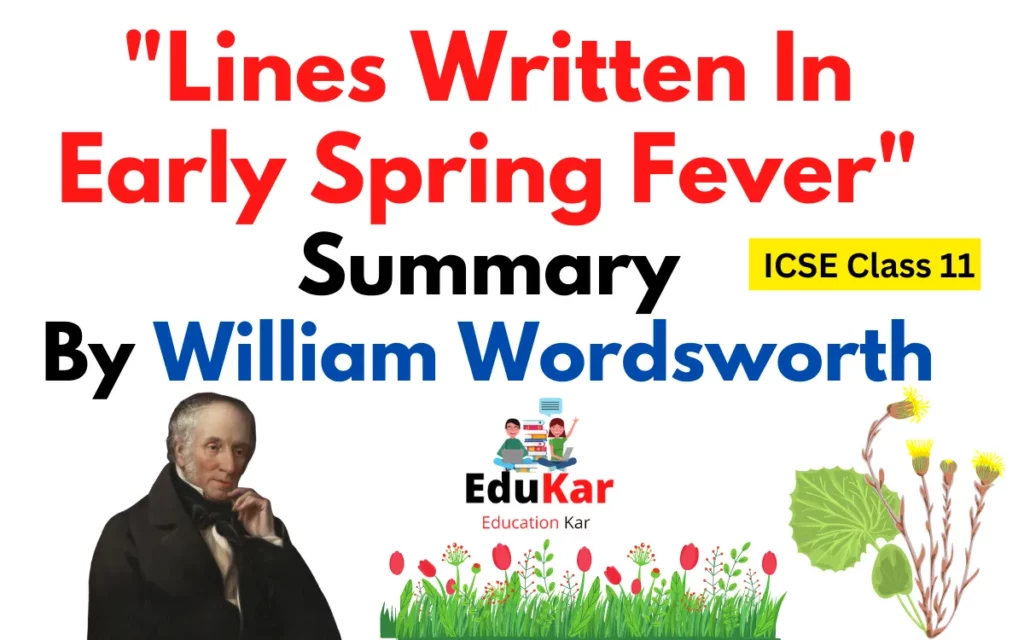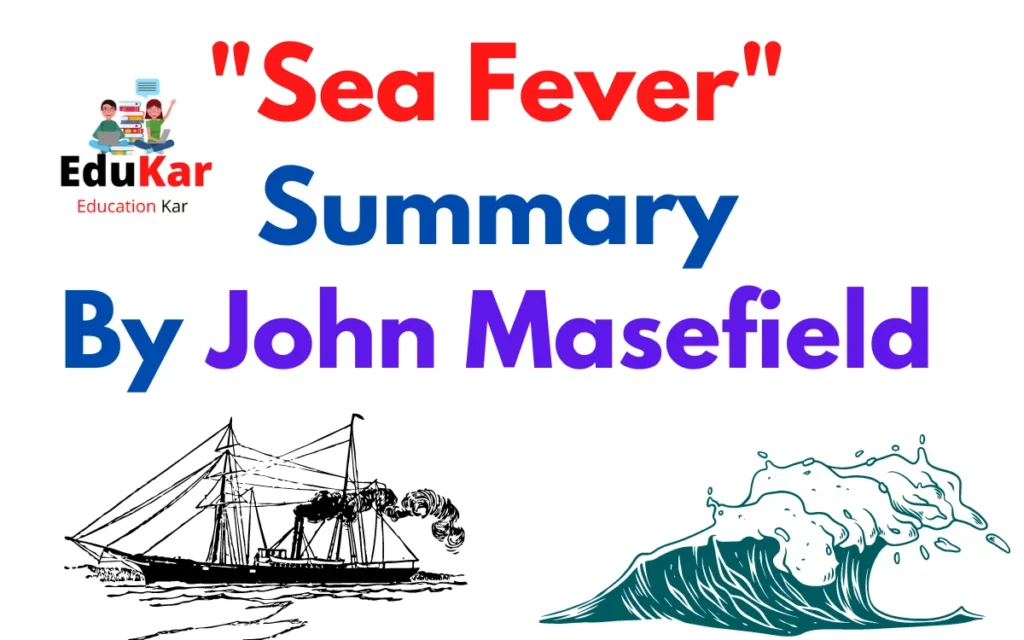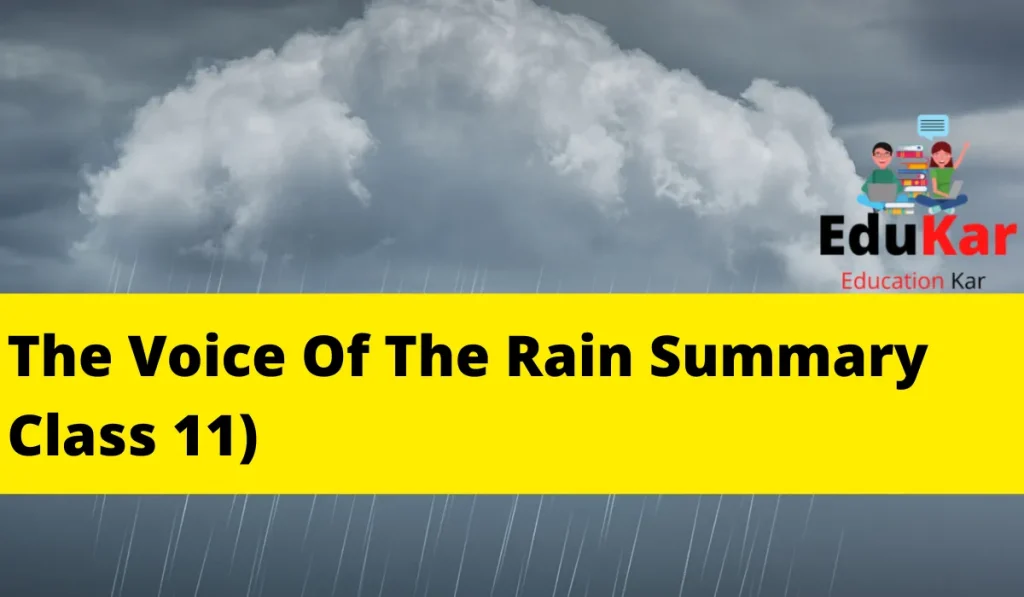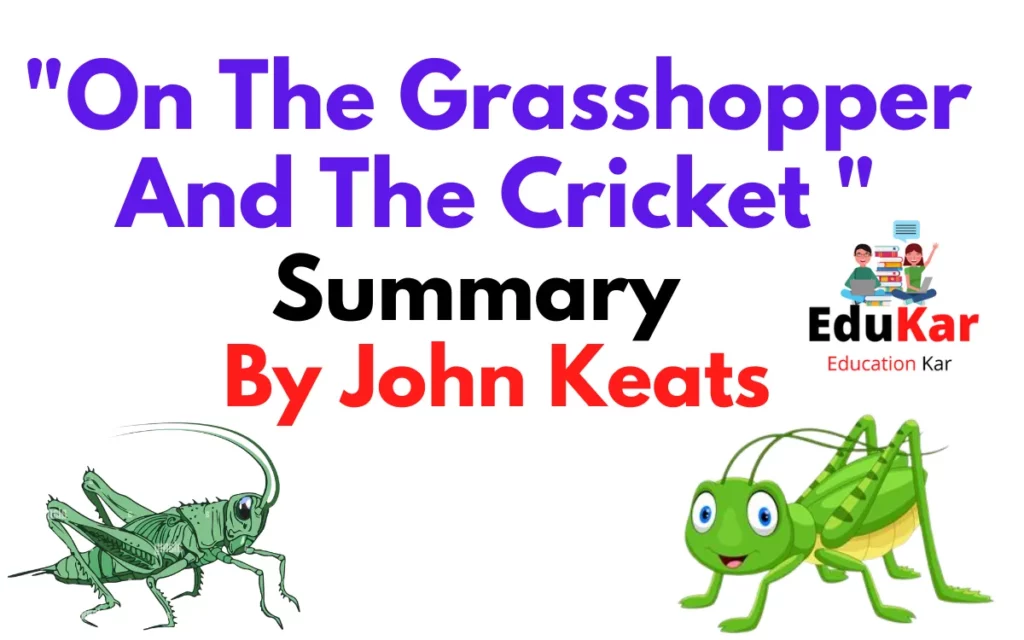Contents
| Name | Song Of The Open Road |
| Subject | English |
| Class | 12th |
| Author | Walt Whitman |
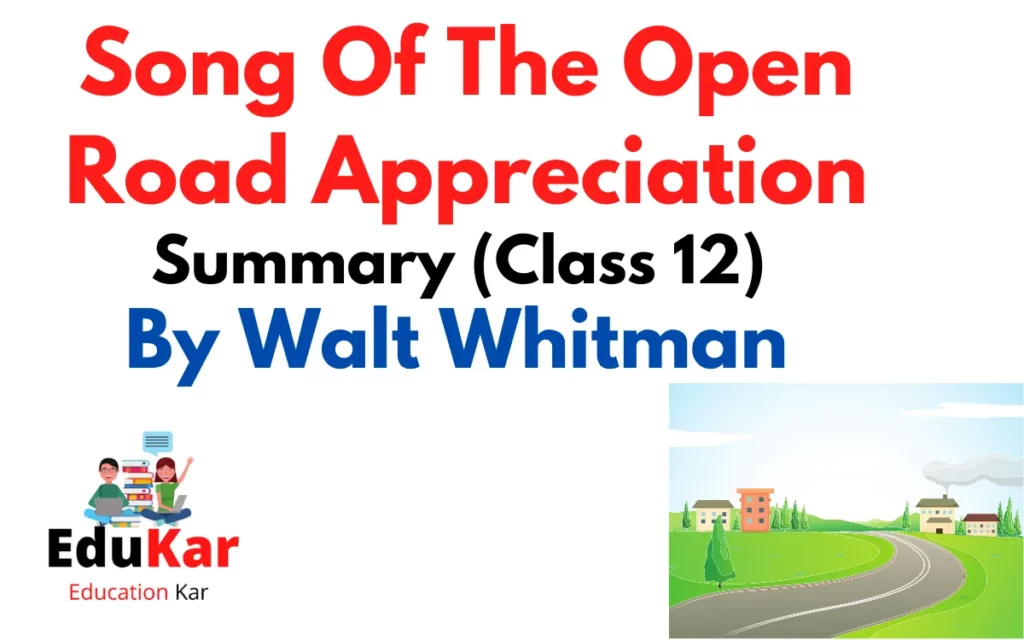
Introduction
“Song of the Open Road” is a poem written by Walt Whitman in 1856 as part of his collection “Leaves of Grass.” The poem is a celebration of the open road & the freedom and adventure it represents. It is an ode to the boundless possibility and freedom of the open road, and an invitation to join Whitman on this journey of discovery. The poem explores the sights, sounds, people, and emotions that the open road evokes, and it encourages the reader to listen to the call of the open road and find the truth and soul. It is a powerful and inspiring work that celebrates the open road as a symbol of freedom and possibility.
English Summary – “Song Of The Open Road Appreciation”
“Song of the Open Road” is a poem written by Walt Whitman in 1856 as part of his collection “Leaves of Grass.” The poem is a celebration of the open road and the freedom and adventure it represents.
In the first stanza, Whitman describes the open road as “elastic,” meaning that it stretches out before him and can be travelled in any direction. He also describes it as “haunting,” suggesting that it has a certain allure and mystery. The open road represents a sense of boundless possibility and freedom, and Whitman invites the reader to join him on this journey.
In the second stanza, Whitman describes the sights and sounds of the open road, including the “rumbling of wheels,” the “whistling of steam,” and the “songs of birds.” These sounds symbolise the energy and movement of the open road, and they also suggest that the open road is a place of beauty and wonder.
The third stanza, Whitman describes the people he encounters on the open road, including “the young man and the girl,” “the driver,” and “the mother and child.” These people represent different stages in life, and they all share a sense of curiosity and adventure. They are all united by their desire to explore the open road and to experience the freedom it offers.
In the fourth stanza, Whitman describes the different emotions that the open road evokes, including “joy,” “hope,” and “exhilaration.” These emotions are connected to the sense of freedom and possibility that the open road represents. The open road is a place where one can escape the constraints and expectations of society and find a sense of self.
In the final stanza, Whitman invites the reader to join him on the open road and to experience the freedom and adventure it offers. He encourages the reader to “listen to the voice of the bard,” which represents the call of the open road. He also suggests that the open road is a place where one can find “the truth” and “the soul.”
In summary, “Song of the Open Road” is a celebration of the open road and the freedom and adventure it represents. Whitman describes the open road as a place of boundless possibility and freedom and invites the reader to join him on this journey. He also describes the sights and sounds, the people, and the emotions that the open road evokes. The poem is a call to adventure, to explore and find oneself on the open road.
About The Author
Walt Whitman (1819-1892) was an American writer, essayist & journalist. He is considered to be one of America’s greatest poets and is often referred to as the “father of free verse.
Conclusion – “Song Of The Open Road Appreciation”
In conclusion, “Song of the Open Road” by Walt Whitman is a powerful and inspiring poem that celebrates the open road as a symbol of freedom and adventure. Through its descriptive language and imagery, the poem evokes a sense of boundless possibility and freedom that can be found on the open road. The poem encourages the reader to join Whitman on this journey, to experience the sights and sounds, the people, and the emotions that the open road evokes. It also encourages the reader to listen to the call of the open road and to find the truth and the soul. It is a call to adventure and self-discovery, urging the reader to break free from society’s constraints and explore the open road. Overall, “Song of the Open Road” is a powerful tribute to the open road and its ability to inspire and empower.





